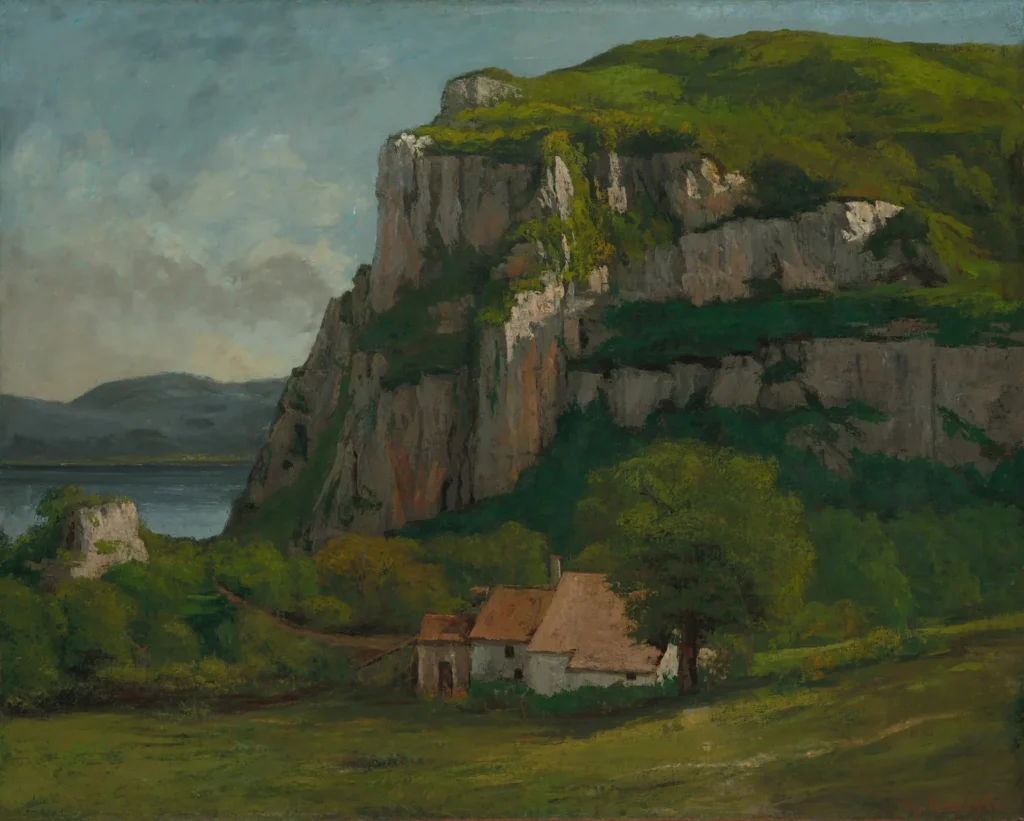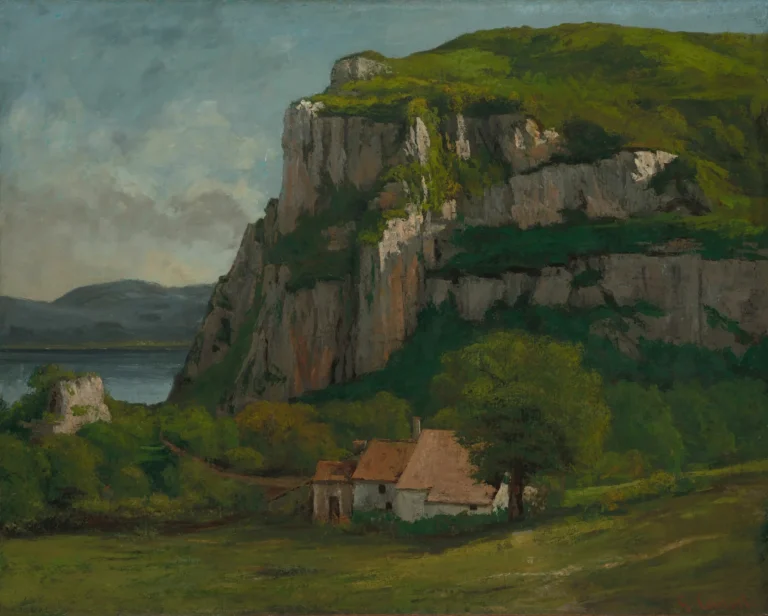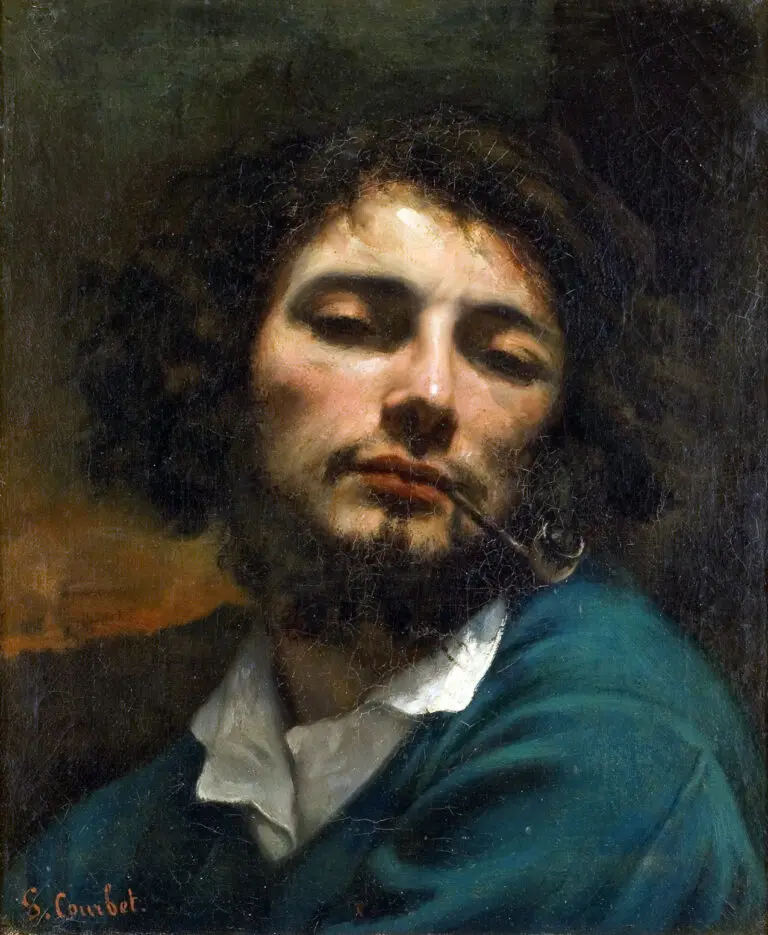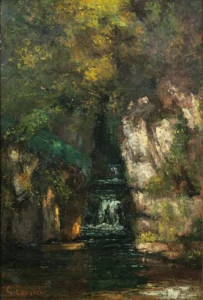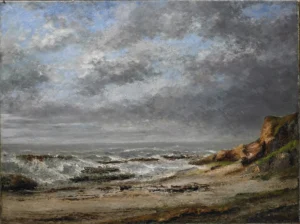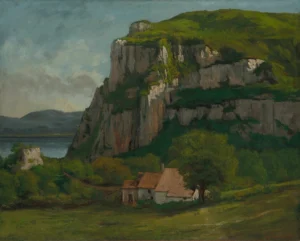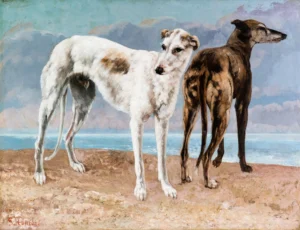The Rock of Hautepierre (1869)
Created around 1869 by the French artist Gustave Courbet, The Rock of Hautepierre is an oil on canvas masterpiece that highlights Courbet's commitment to realism and the natural landscape. Measuring 31 1/2 × 39 1/2 inches, this artwork is noted for its striking depiction of geological formations and foliage, inviting viewers to appreciate the untouched beauty of nature. It currently resides in the Art Institute of Chicago, serving as an essential piece reflecting the evolution of landscape painting and Courbet's innovative spirit.
Year 1869
About the Artwork
The Rock of Hautepierre encapsulates Courbet's vision of art as a means to showcase the beauty of the natural world through a realist lens. Unlike many artists of his time who leaned towards idealism, Courbet championed the importance of depicting what is real and tangible. This painting is set in the rugged French countryside, with rocky outcrops and rich vegetation that invoke a sense of serenity and authenticity. The work reflects Courbet's belief in painting directly from nature, striving to capture the essence of the landscape in a way that resonates with contemporary viewers. The artwork breaks away from traditional idealized portrayals, marking a significant shift towards modern artistic expression.
Did You Know
Gustave Courbet is often credited with initiating the Realism movement in art, which aimed to depict everyday life and nature without embellishment or romanticism. His works are seen as a reaction against the Romantic and Neoclassical styles that dominated the previous eras.
Courbet’s approach to painting profoundly influenced future generations of artists, paving the way for movements such as Impressionism and Post-Impressionism. His insistence on painting from real life made it possible for artists to explore new styles and techniques in representing their surroundings.
The title The Rock of Hautepierre refers to a specific geological feature in the French countryside, symbolizing Courbet’s connection to his homeland and his passion for nature. This painting reflects the broader European context of the 19th century, where nature was often celebrated in art amid the rapid industrialization happening across the continent.




